Contact Marin Environmental History
We'd love to hear from you, please use this Contact form to reach us by email.
We'd love to hear from you, please use this Contact form to reach us by email.
A New Book by John Hart
A New Book by John Hart
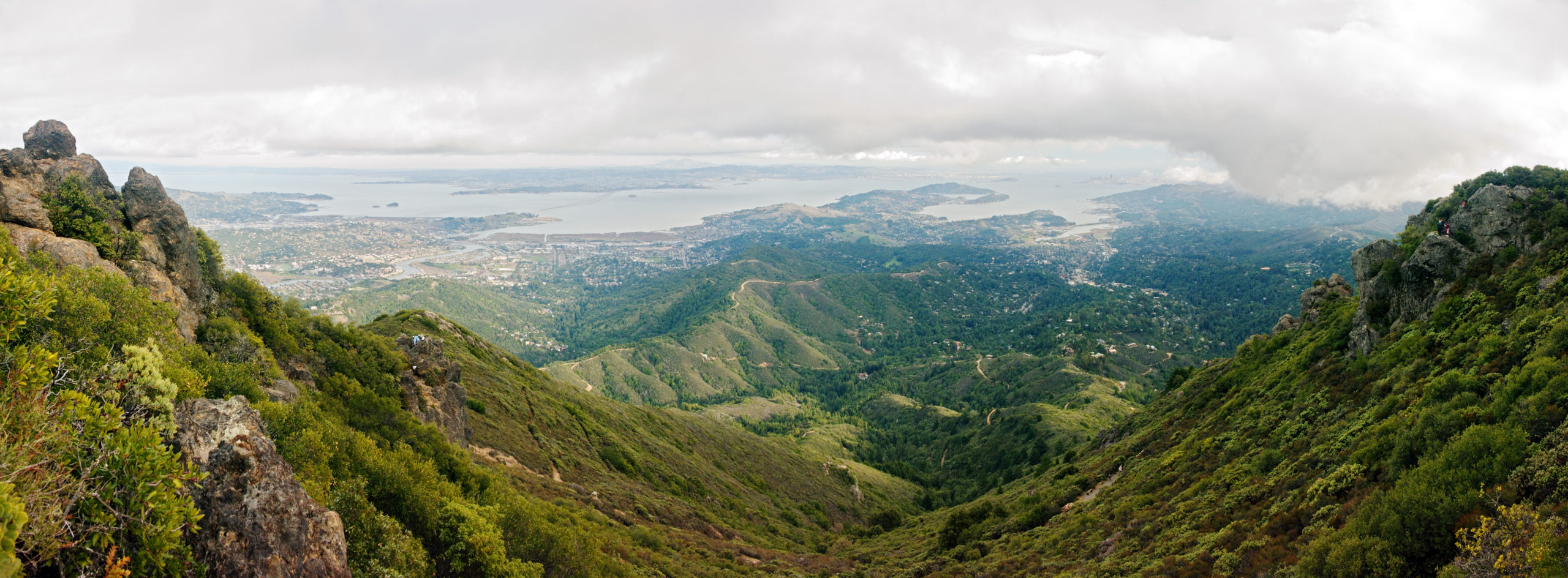
Some excerpts from some of John’s previous work

A hillside above Tomales Bay, and the California fog moves in. Not much gets in its way: a rock outcrop, a barn, a row of pale-barked eucalyptus trees. Cattle, somewhere, are lowing. The bay–as long for its width as a Norwegian fiord, a saltwater river marking the line of an earthquake fault–glimmers across to a darker, forested shore. There was a time when government planners looked forward to 43,000 acres of suburbs on this waterside. “By 1990,” a Marin County official said in 1971, “Tomales Bay will probably look like Malibu.” That it doesn’t look like Malibu–how it came about that it doesn’t look like Malibu–is a story of much more than local interest. It’s not some inaccessible backwater, this bay Tomales.…
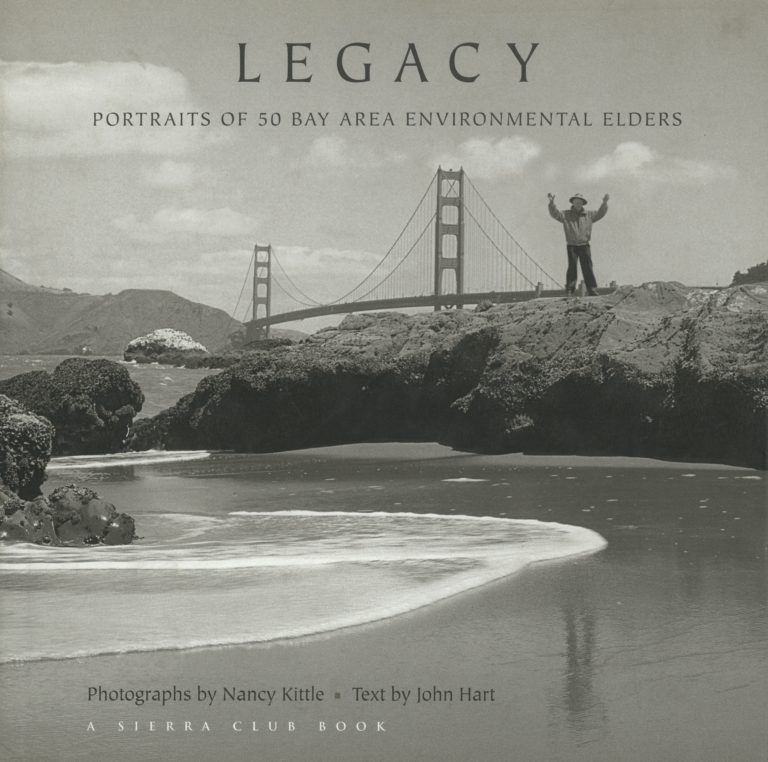
It seems at times as though some green-plumed guardian angel were hovering over the San Francisco Bay Area, protecting its environment from harm. Granted, as population in the nine counties touching the bay has risen to 6.7 million, the usual penalties of growth have been incurred. Farm and woodland have given way to cities; pollution constantly challenges our efforts to control it; a sprawling style of development, which consumes much land to house relatively few people, has become the unfortunate norm. Many natural values have been irrevocably lost. Yet what strikes visitors from other burgeoning regions is not our failure but our success—how well we’ve done here at hanging on to some of the best features of the place we live in. We have always…
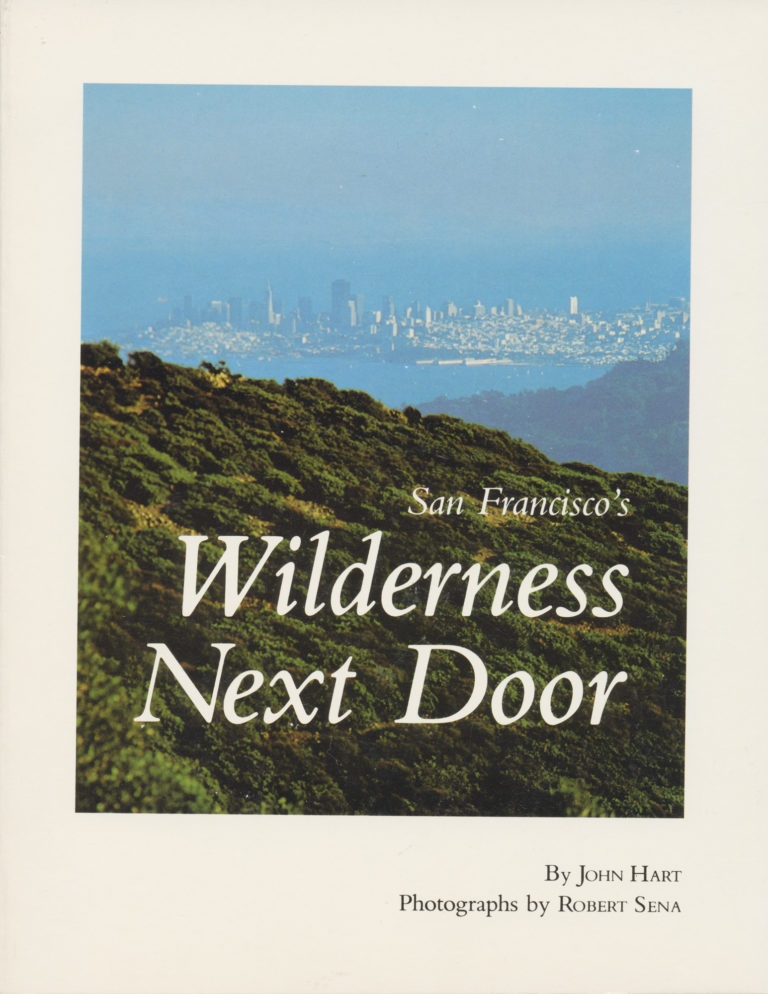
From the city of San Francisco, go north. Cross the rust-orange bridge above the wide, cold water of the Golden Gate. Travel a twisting road above the shore. Walk through a concrete tunnel in the hill: past the pit that was dug to house a gigantic coastal gun. Climb up a flight of wooden stairs—and there, from the top of the rise called Hill 129, what you have come to see is before you. You are 900 feet above the water of the Golden Gate. Beyond, encrusting its peninsula like a deposit of white salt, is the city of San Francisco. Everything that might be dull or ugly in that city is, from this vantage, missing: rendered invisibly little: edited out. The buildings have become…
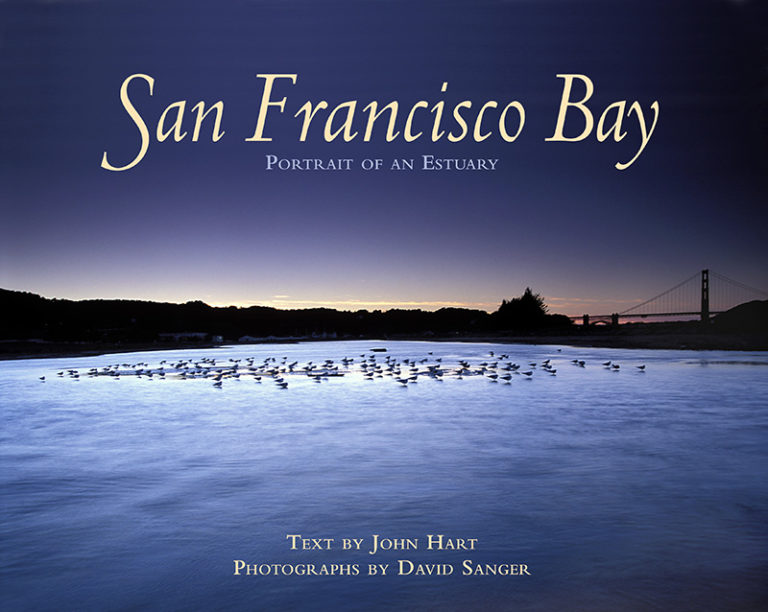
Seen from the sea and through a mariner’s eyes, the coast of California is a thousand miles of hills, a grim, gray barrier. At just one place in it is there a break, the narrowest of gaps, a doorway barely a mile wide. Approaching from the Pacific—even knowing the geography and watching for the profile of the modern bridge—you may squint into summer mist and find it no wonder that the first Europeans to explore these shores cruised right on by. Inside that chink in the coastal armor lies the most important estuary on the western shores of the Americas; one of the world’s grandest (and trickiest) harbors; the fifth-ranking metropolitan region in the United States; and a testing ground for the proposition that eight…
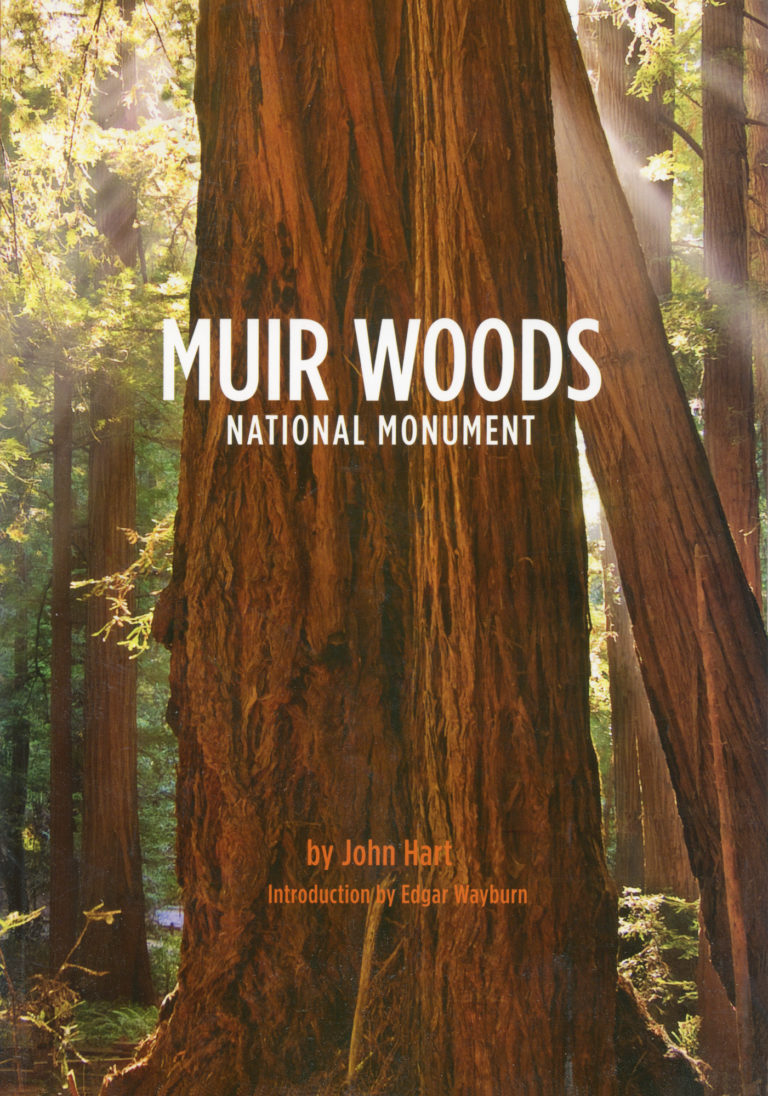
Just into Muir Woods a mounted exhibit tells time, redwood-fashion. It is a cross-section of a tree a little over a thousand years old. Until 1988, a cheerfully Anglocentric display picked out annual growth rings corresponding to the Battle of Hastings, the Magna Carta. Now we have Western Hemisphere events, from the founding of the Native American city at Mesa Verde to the arrival of Columbus and beyond, encompassed in the lifetime of one tree. We’re meant to marvel at that thousand years, and do. But neither the Magna Carta nor Mesa Verde is anything but the very latest news—on the redwood scale of years. Unlike the higher animals, unlike many other plants, redwoods apparently have no fixed lifespan. As they get older, their growth…
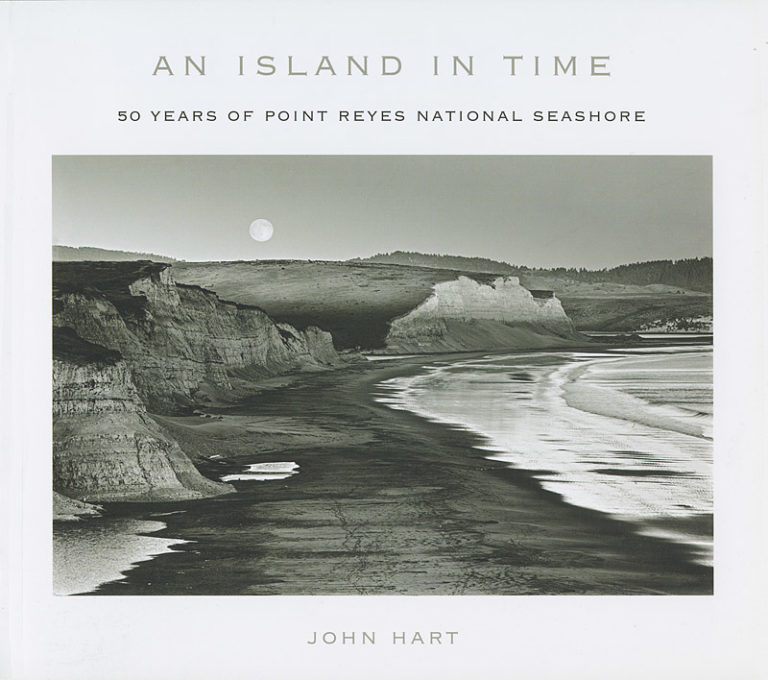
It was the middle 1930s and the middle of the Depression. The National Park Service, in an expansive mood, was looking at the coastlines of the United States to find out what pieces of shore were still largely free of houses, roads, and resorts, and might be purchased as large federal parks. On the West Coast, one area stood out: a rural peninsula in Marin County, just north of San Francisco, called Point Reyes. “Here is found a great sanctuary of wild life and a vast potential treasury for recreation, so fine as to challenge written description,” said the 1935 report. “It seems almost a miracle that this choice area, thirty miles distant from the San Francisco metropolitan population of over a million persons, should…